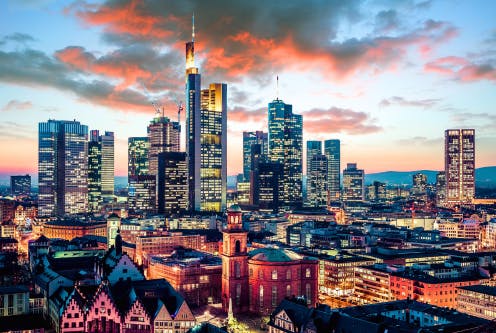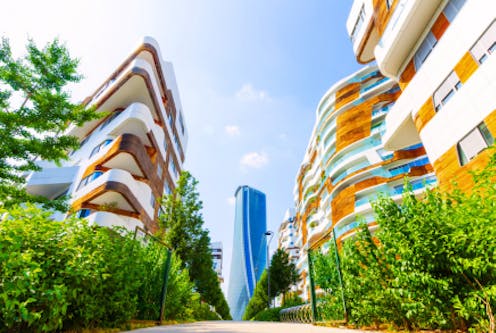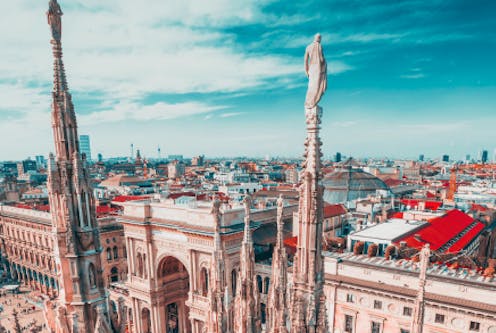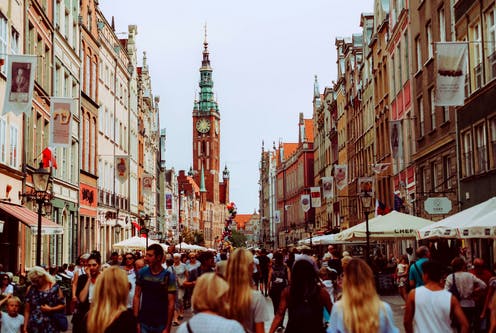More than half of the world’s population – 4.5 billion – now live in cities, a figure expected to rise to 7 billion by 2050. The future of humanity will clearly be urban, but the challenge will be to ensure cities will be liveable.
As people continue to flock to cities, creating a utopian urban environment has become the holy grail for the 21st century’s developers and planners, but what actually makes a city liveable?
The World Economic Forum scores city liveability on six factors: affordability, amenities, connectivity, culture, safety and sustainability. These comprise interwoven features of urban living, including accessible public transport, employment opportunities, good education, open green spaces, widespread recreational activities and universal health care.
When a city boasts such attributes then it should, in theory, promote wellbeing in individuals, build communities and support a coherent and lively society. Sadly, many modern attempts to create such environments went wrong, turning what should have been vibrant locations into soulless urban wastelands. Perhaps planners have been approaching things from the wrong angle.
Martha Thorne, dean of the IE School of Architecture and Design in Madrid, believes more people should listen to a German innovative industrial stylist who, she says, holds the key to liveable cities. Head of design for Braun from 1955 to 1995, Dieter Rams is renowned in creative circles for his Ten Principles of Good Design.
Speaking at a TEDx event in 2018, Thorne argues that Rams’ criteria can help us identify today’s most appealing conurbations and regenerate the liveable cities of tomorrow.















